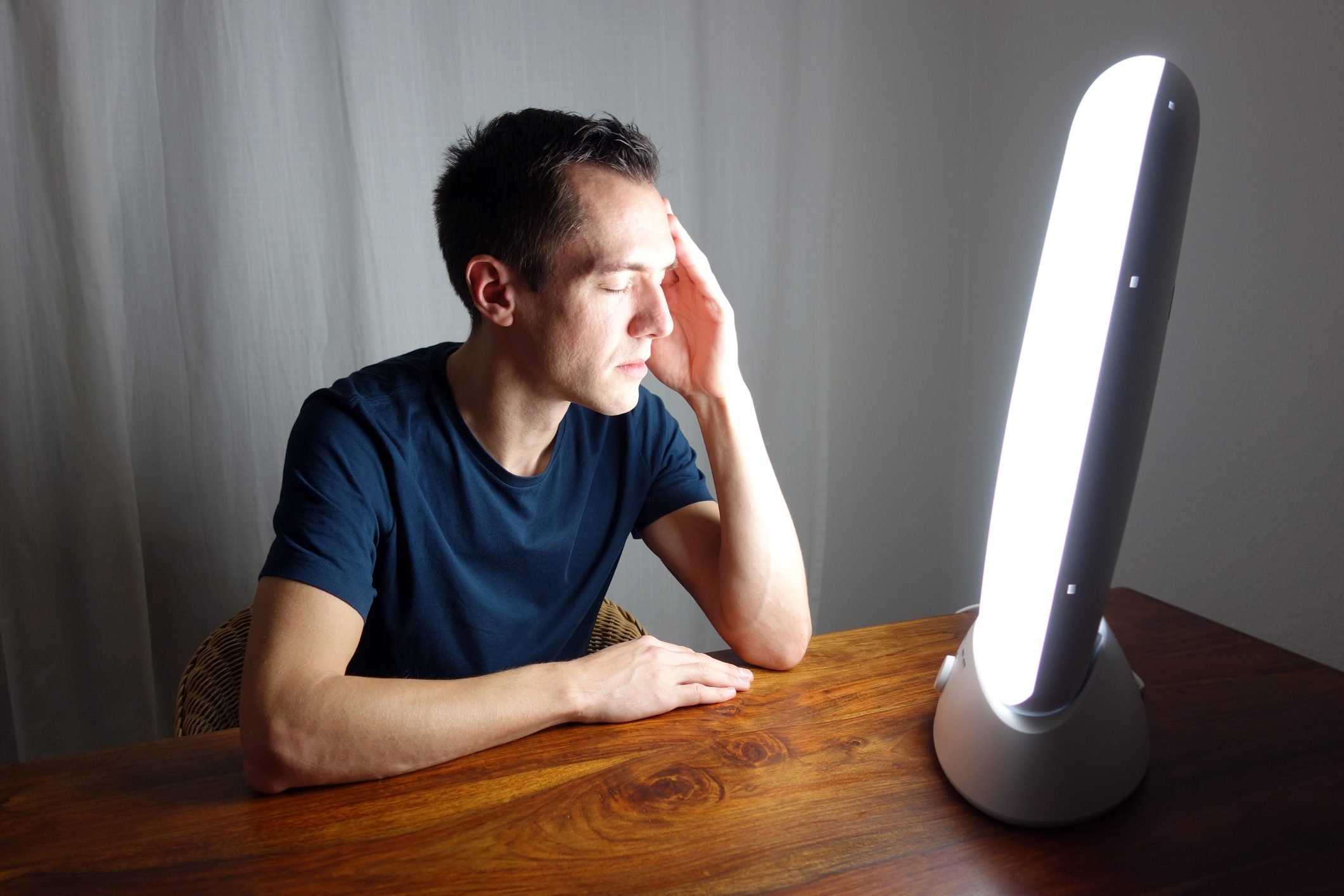

The treatment can augment and accelerate antidepressants and TMS. 23 controlled trials have concluded that light therapy works in this population, even when delivered in summer (Geoffroy et al, 2019). The success in SAD motivated researchers to explore light therapy for other psychiatric disorders, starting with nonseasonal depression. Light therapy worked as well as an antidepressant in head-to-head studies and is considered first-line in the treatment of SAD (Geoffroy PA et al, Sleep Med Rev 2019 48:101213). That pilot study has since been confirmed in over three dozen controlled trials, most of which used a dim light box as the placebo. The authors were able to show that extending the daylight hours with artificial bright light during the winter had an antidepressant effect. They described patients who, year after year, had depression in the fall and winter that cleared up in the spring. In 1984, Norman Rosenthal and colleagues at the NIMH coined the term seasonal affective disorder (SAD) (Rosenthal NE et al, Arch Gen Psych 1984 41(1):72–80). Light therapy is a standard treatment for seasonal affective disorder, and in this article we’ll look at other potential uses for this novel treatment. Exercise, a healthy diet, sleep hygiene, and supportive social connections are near the top of the list, and bright daytime light might be worth adding. There are several lifestyle changes with broad health benefits that we often encourage in our patients.


 0 kommentar(er)
0 kommentar(er)
